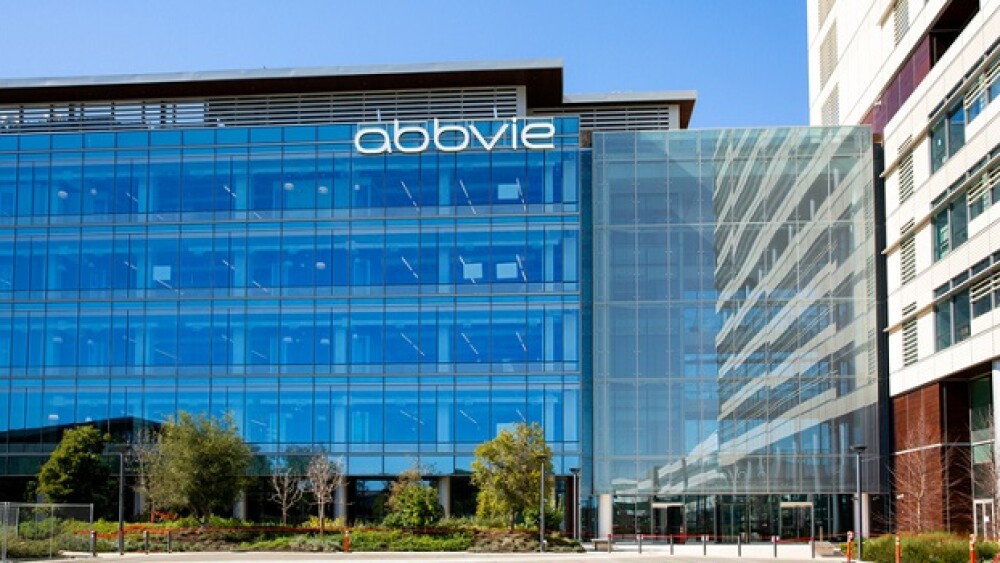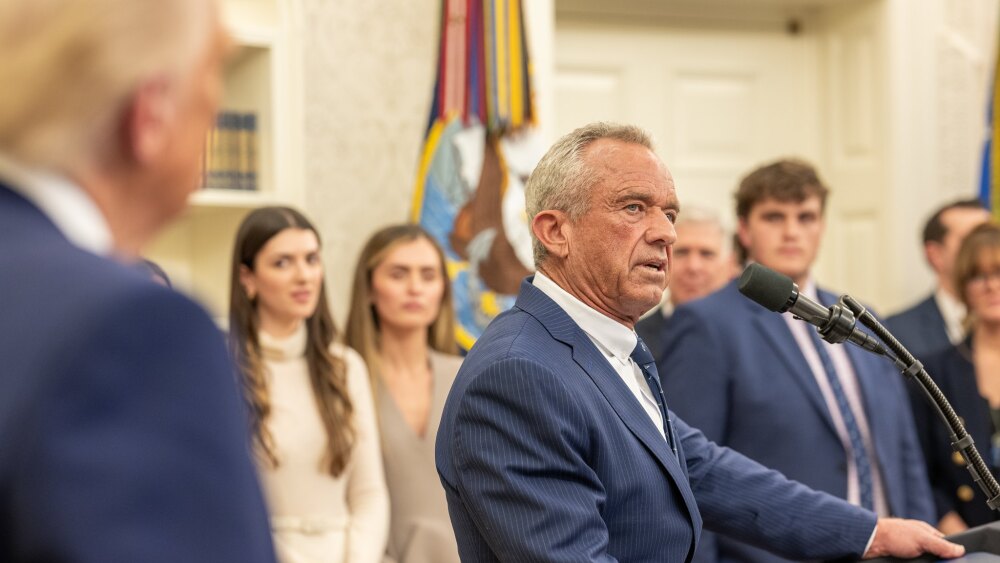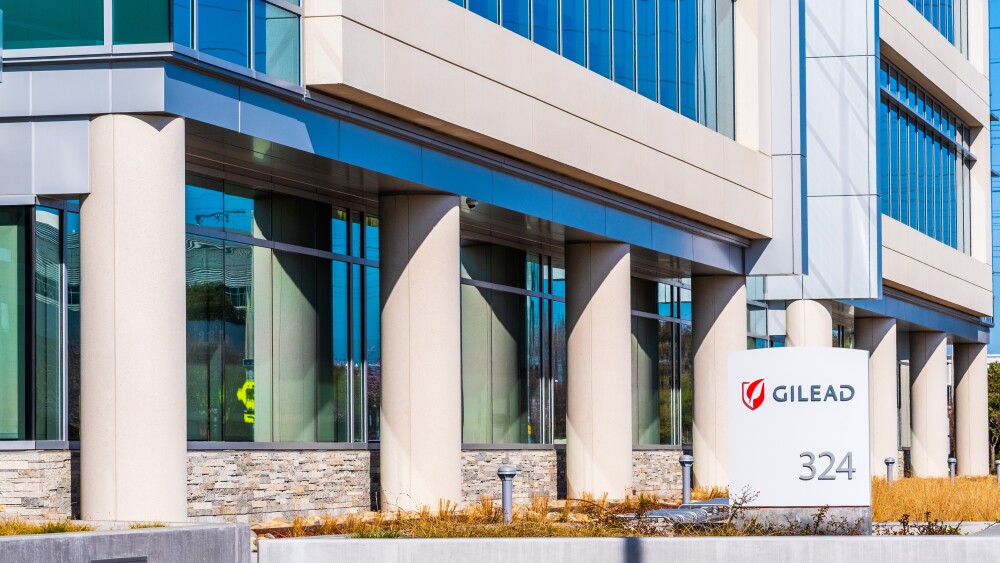February 28, 2017
By Alex Keown, BioSpace.com Breaking News Staff
RARITAN, N.J. – As the life sciences industry faces growing criticism over pricing of its drugs and services, Janssen released its first annual transparency report that highlights its pricing and marketing practices, patient access programs and costs of the company’s clinical trials.
Rebecca Tillet, regional pharmaceuticals communication and public affairs leader for Janssen, told BioSpace in an exclusive interview that although this is the first annual transparency report for Janssen, the company has a proud history of being transparent.
“There are a lot of stakeholders asking questions… and we felt this was a step we could take to advance the dialogue and talk about where we need to go,” Tillet said.
In its transparency report, Janssen says it is looking to advance the dialogue on a more value-based healthcare system, which would improve patient health, increase access to medicine, and contain costs. By being more transparent about the costs of a drug, from discovery to commercialization, Janssen will be in a greater position to work with its stakeholders and become advocates for improvements, Tillet said.
The report highlights the complexity of drug pricing in the United States, but notes that prescription drugs are about 14 percent of overall healthcare costs. That amount of spending has been stable for some time and Tillet said is predicted to remain stable. Because of that stability, she said Janssen wants its transparency report to provide consumers with accurate information about drug pricing.
Pricing
The report goes into detail on the pharmaceutical supply chain and all the complex ways medicines can reach consumers and how that affects pricing. Janssen’s transparency report shows that over the past five years, the company has kept its average list price increases below 10 percent, with net price changes at or below 5 percent, with an average net price change of 3.5 percent.
“After accounting for discounts and rebates, we generally realize low- to mid-single digit percentages from our list price increases,” Janssen said in its report.
The rebates and discounts totaled about $11 billion for 2016, or a discount rate of 35.2 percent, Janssen said in its report.
Clinical Trial Data
In addition to price changes, Janssen also touted transparency of its clinical trial data. The company said it seeks to publish the results of “all company-sponsored interventional pharmaceutical clinical trials in humans in peer-reviewed journals.” This includes those studies that are positive as well as those that are negative, as well as those that end early, and those from discontinued research programs. Also, Janssen pointed to its agreement with the Yale University School of Medicine for its Yale Open Data Access (YODA) Project, which is designed to serve as an independent review panel “to evaluate and make decisions regarding requests from researchers to access summary and participant-level data from Janssen’s clinical trials.”
At the end of 2015, Bioethics International published a report criticizing several pharma giants, including Gilead Sciences and Sanofi for lack of transparency when it comes to publishing trial data. In an evaluation of data from 15 drugs approved by the FDA in 2012, the researchers said Gilead was the worst offender, only publishing 21 percent of the trial results for its HIV medicine Stribild.
Access
While pricing is important, patient access to drugs is also key. Janssen’s report highlights some barriers for patients obtaining medicines and ways in which the company seeks to meet patient needs. Some of those pathways include Janssen CarePath Savings Programs to reduce co-pays, and access to investigational medicines through compassionate use programs.
Marketing strategy
The transparency report also disclosed Janssen’s marketing strategy. In 2016, Janssen spent $4.5 billion on global marketing and sales, with $2.6 billion being spent in the U.S. alone. Janssen said global R&D was $7 billion, which was 55 percent more than marketing. After the U.S. Food and Drug Administration approves a Janssen drug, the company said it invests in marketing plans to provide accurate information about the drug to patients and physicians.
Janssen isn’t the only company to shine a light on its drug pricing. Earlier this year Merck published a “Pricing Action Transparency Report” for 2016. Its data, according to the company, shows the average annual net price increases have remained in the “low to mid-single digits since 2010.” Merck added that the pricing takes into account rebates, discounts and returns. Merck’s highest net price change was 6.2 percent in 2012. That year the company listed a price change of 9.2 percent, but the net price was dropped after factoring in a discount of 29.9 percent. Last year, the company increased drug prices by an average of 9.6 percent, but when the discounts were factored in, the net price change was 5.5 percent, Merck said.
Like Merck, Allergan announced price increases for some of its older drugs in January. Last year, Allergan ’s Chief Executive Officer Brent Saunders publicly vowed to keep price increases on the company’s drugs under 10 percent in 2017. Allergan stuck to its word, keeping the price increases between 9 and 9.5 percent.





